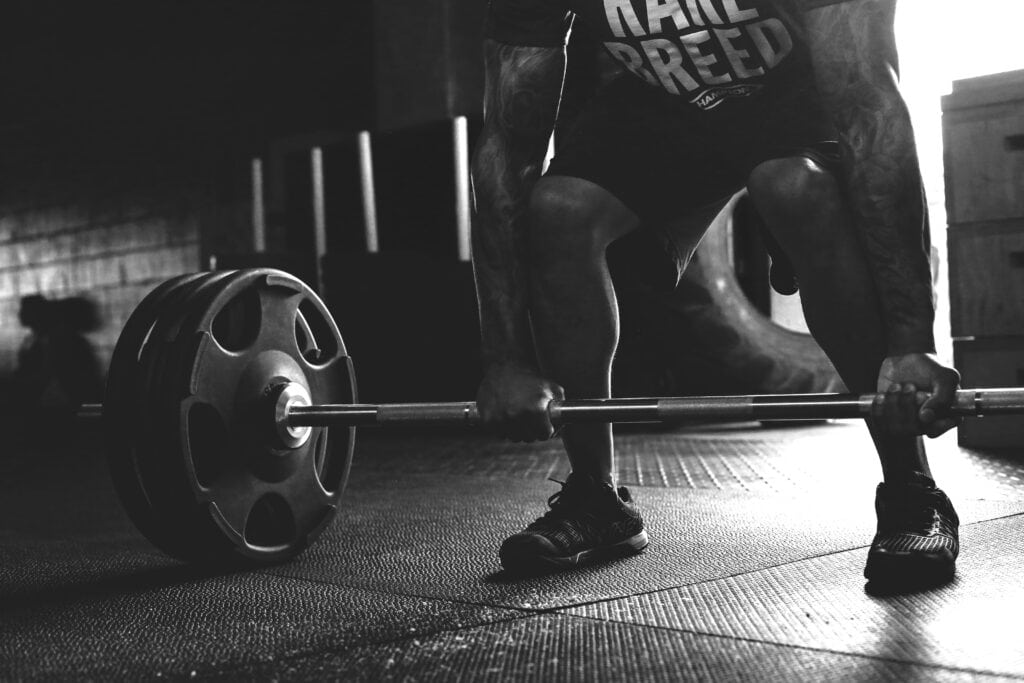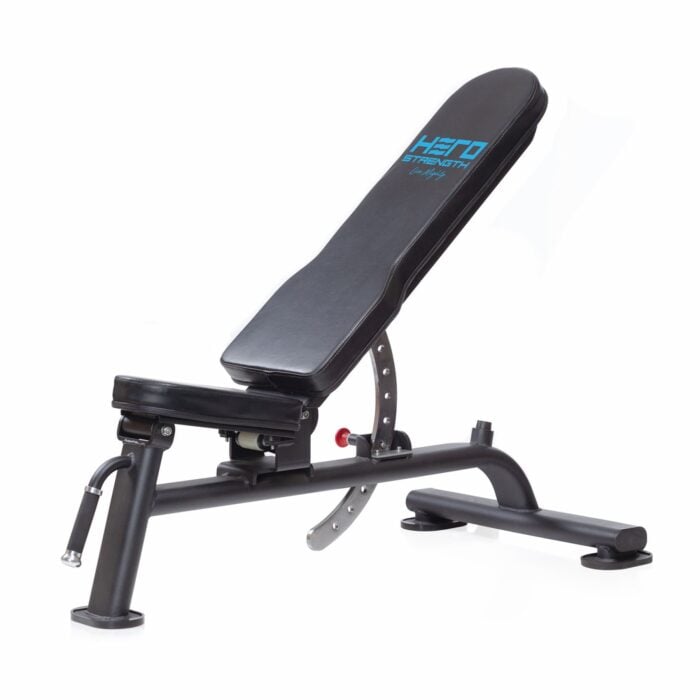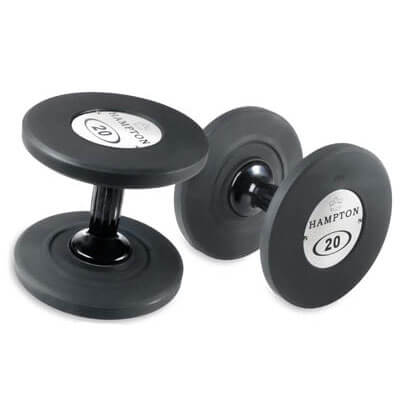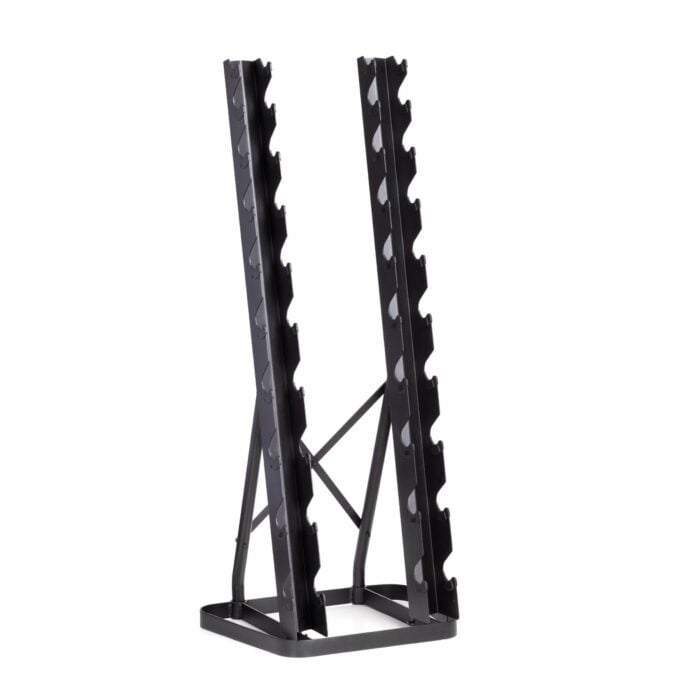So, you’re ready to embark on the bodybuilding journey? That’s fantastic! Building the body you’ve always dreamed of takes dedication and smart training, but it’s absolutely achievable. This article will provide you with a clear roadmap to get started.
We’ll cover everything from setting realistic goals and creating a training plan to understanding nutrition and mastering proper form. Forget the confusion and conflicting information – we’ll break it down into manageable steps so you can confidently begin your transformation and build a stronger, healthier, and more impressive you.
Understanding Bodybuilding for Beginners

What Is Bodybuilding and Why Start?
Bodybuilding involves building muscle through weightlifting, cardio, and a carefully planned diet. It focuses on sculpting your physique to look its best—not just about getting bigger but achieving symmetry, definition, and overall muscular development.
If you’re considering beginning a bodybuilding journey of your own, you’re in for a fulfilling experience. For starters, it can be a real confidence booster as you see your body transform. Plus, you’ll get stronger in everyday life, making things easier. Building muscle also has health benefits, like burning calories, improving bone density, and boosting mood.
Bodybuilding teaches valuable life lessons, such as discipline and the importance of setting and achieving goals. It’s a challenging but rewarding journey that requires dedication and consistency. Bodybuilding offers countless benefits, whether you want to compete professionally, improve your athletic performance, or simply look and feel better.
Key Takeaways:
- To make your bodybuilding routine effective, start by identifying concrete, actionable goals.
- A workout plan and nutritional guidelines will help ensure that you make the most out of your training time.
- Be sure to incorporate plenty of rest and recovery, and don’t be afraid to switch things up as you advance in your skills!
Recommended products
-
Hampton Adjustable Bench | J-Bench
$599.00 -
Hampton Gel-Grip® Urethane Dumbbells – Pairs
$206.00 – $1,454.00 -
Vertical Twin Tower Dumbbell Rack | 10 Pairs
$660.00
Common Myths and Misconceptions
If you’ve ever considered serious weightlifting, you’ve probably heard some of the same lines. Maybe they’ve even dissuaded you from pursuing bodybuilding or strength training. Before we delve into the benefits of weightlifting, let’s address some common myths surrounding bodybuilding:
- Myth: You’ll look bulky overnight.
- Fact: Muscle growth is a slow and deliberate process. Building noticeable muscle mass takes months, even years, of consistent training and proper nutrition.
- Myth: Women shouldn’t lift weights.
- Fact: Strength training benefits everyone. For women, it helps build lean muscle, improve bone density, and enhance overall strength without necessarily leading to a “bulky” appearance.
- Myth: Supplements are mandatory.
- Fact: While supplements like protein powder and creatine can be helpful, they’re not required. Whole foods should always form the foundation of your nutrition plan.
Preparing for Your Bodybuilding Journey
Now that we’ve cleared away some myths about bodybuilding, it’s time to set yourself up for success on your bodybuilding journey. Before you grab your weights and hit the gym, pause to consider your objectives and set some goals.

Importance of Defining Clear Objectives
Before diving into bodybuilding, take time to clarify your reasons for starting. Are you aiming to gain muscle, lose fat, improve general fitness, or prepare for a specific event? Defining clear objectives will help you create a plan tailored to your needs and stay focused on your goals. Write down your “why” and revisit it whenever you need motivation.
Setting Realistic Expectations and Long-Term Goals
Bodybuilding is a marathon, not a sprint. To stay motivated and avoid burnout, set realistic goals for yourself. A great way to do this is to create a SMART goal—Specific, Measurable, Achievable, Relevant, and Time-bound. Examples include:
- Short-term: Increase bench press weight by 10 pounds in the next 4 weeks.
- Long-term: Build 10 pounds of lean muscle mass within a year.
When setting your goals, it’s essential to recognize that progress isn’t always linear. Plateaus and setbacks are part of the journey, but staying consistent will lead to results over time. Don’t beat yourself up if you get a week behind on your goal or don’t quite hit the metric you were expecting. Use it as an opportunity to press ahead and motivate yourself to put in the work each day.
Basics of Body Composition and How It Changes with Training
Body composition refers to the ratio of fat to lean mass (muscle, bones, organs, and water) in your body. Resistance training, combined with proper nutrition, shifts this balance by increasing lean muscle mass and reducing body fat. Tracking your body composition over time—using tools like calipers, DEXA scans, or bioelectrical impedance scales—can provide a clearer picture of your progress than just relying on the scale.
This can be especially helpful if you’re having trouble achieving your goals. You may need to shift objectives to make progress that’s tailored to your body composition.
Overcoming the Initial Intimidation
You’ve found your “why” and set your SMART goal–what’s next? Walking into a gym for the first time can feel overwhelming, especially if you’re unsure how to use the equipment or feel self-conscious. To ease the transition:
- Research: Watch videos and read articles about gym etiquette and equipment usage.
- Start Small: Begin with basic exercises and lighter weights to build confidence.
- Ask for Help: Don’t hesitate to ask gym staff or experienced gym-goers for advice. Many people are happy to help newcomers.
If the gym still feels intimidating, consider starting with a home workout routine using resistance bands, dumbbells, or bodyweight exercises. Over time, you can work your way up to a gym setting.
Developing an Effective Beginner Workout Plan
When you’re in the gym, you want to work smarter rather than harder. Set yourself up for success with a solid workout plan! Below are some factors and suggestions to consider as you organize your routine.

Foundation of a Good Workout Routine
Full-Body vs. Split Workouts: Which Is Best for Beginners?
Full-body workouts involve training all major muscle groups in one session and are ideal for beginners because they allow for balanced development and efficient use of time. For example, a single workout could include squats, push-ups, and rows.
In contrast, split workouts target specific muscle groups on different days (e.g., chest and triceps on Monday, back and biceps on Wednesday). While effective, they’re better suited for intermediate or advanced lifters with more time to dedicate to training. For your initial training plan, start with full-body workouts and consider adding split workouts as you advance.
Key Principles: Rest, Recovery, and Consistency
- Rest Between Sets: Rest 1-2 minutes for isolation exercises and 2-3 minutes for compound lifts.
- Recovery: To allow for proper recovery and growth, schedule at least one rest day between workouts targeting the same muscle group.
- Consistency: Stick to your routine for at least 8-12 weeks before making significant changes. Consistency is key to building habits and seeing progress.
Essential Beginner Exercises
Compound Exercises for Overall Growth
Compound movements engage multiple muscle groups and joints, making them efficient for building strength and muscle.
- Squats: These target your quads, hamstrings, glutes, and core. Ensure proper form by keeping your chest up and knees aligned with your toes.
- Deadlifts: A fundamental lift that strengthens your posterior chain, including your back, glutes, and hamstrings. Start with light weights to perfect your form.
- Bench Press: Focuses on your chest, shoulders, and triceps. Use a spotter or start with dumbbells if you’re lifting alone.
Isolation Movements for Targeted Muscles
Isolation exercises complement compound lifts by targeting specific muscles:
- Bicep Curls: Strengthen your biceps for better arm definition.
- Tricep Extensions: Focus on the triceps to balance upper arm development.
- Shoulder Lateral Raises: Help sculpt your shoulders for a broader appearance.
- Core Strength: Incorporate exercises like crunches, hanging leg raises, and planks to build a stable foundation.
Structuring Your First Routine
Sample Weekly Schedule
- Monday, Wednesday, Friday: Full-body workouts.
- Example: Squats, Bench Press, Deadlifts, Bicep Curls, Core Work.
Reps, Sets, and Progression Strategies
- Start with three sets of 10-12 reps per exercise. Focus on mastering form before increasing weight.
- Progressive overload is key to muscle growth. Gradually increase weights or add reps over time.
Rest Periods and Avoiding Overtraining
- Rest for 48 hours between full-body workouts.
- Avoid training the same muscle group two days in a row to prevent overtraining and injuries.
Building a Nutritional Plan for Success
While your time in the gym is important, nutrition is equally essential to meeting your workout goals. Any bodybuilding plan should include a solid nutrition plan to ensure you give your muscles the proper nutrients to fuel your success.

Basics of Bodybuilding Nutrition
Role of Protein, Carbs, and Fats
- Protein: Aim for 0.8-1 gram per pound of body weight daily. Sources include chicken, fish, eggs, tofu, and beans.
- Carbs: Provide energy for workouts and recovery. Focus on complex carbs like oats, brown rice, and sweet potatoes.
- Fats: Support hormone production and overall health. Include healthy fats like avocados, nuts, and olive oil.
Meal Timing and Distribution
- Space meals evenly throughout the day to maintain energy levels and support muscle repair.
- Post-workout meals are particularly vital. Include a combination of protein and carbs to optimize recovery.
Caloric Intake Guidelines
- For muscle gain: Eat in a calorie surplus, consuming 200-500 extra calories daily.
- For fat loss: Maintain a calorie deficit of 200-500 calories daily.
Practical Meal and Snack Ideas
- Meals: Grilled chicken with quinoa and broccoli, baked salmon with sweet potato and asparagus.
- Snacks: Greek yogurt with berries, a handful of almonds, or a protein shake.
- Supplements: While optional, whey protein, creatine, and multivitamins can be convenient additions to your diet.
Hydration and Recovery Nutrition
- Drink at least 2-3 liters of water daily to support performance and recovery.
- Include electrolytes if you’re sweating heavily during workouts.
- Post-workout: Combine 20-30 grams of protein with 40-60 grams of carbs for optimal recovery.
The Science of Recovery and Rest
Importance of Recovery in Muscle Building
Muscles grow during rest, not during workouts. Adequate recovery allows your body to repair microtears in muscle fibers, leading to increased strength and size.
Incorporating Rest Days Effectively
Use rest days for light activities such as walking, yoga, or stretching. These activities promote blood flow and aid recovery without adding stress.
Stretching, Foam Rolling, and Active Recovery Tips
Be sure to protect your muscles from injury between workouts! Stretch all major muscle groups after workouts to improve flexibility and prevent soreness. Foam rolling is another excellent technique; it can help release tension in tight muscles and improve mobility. Finally, active recovery activities like swimming or cycling at a low intensity can keep you moving while promoting recovery.
Tracking Progress and Staying Motivated
You’ve got your workout plan in place, and you’re following the best nutritional guidelines to keep you on track. Now comes the hard part–staying motivated and focused through your weeks of training. If you’re struggling with burnout, try some of the following techniques!
Using Progress Trackers
- Track your workouts, weights, and reps in a journal or fitness app.
- Take progress photos and measurements monthly to monitor changes in body composition.
Benefits of a Training Diary
A training diary provides insights into your performance, helping you identify what works and where you need to adjust. It’s also an excellent tool for staying accountable–and provides an ideal way to compare notes with lifting buddies!
Understanding Plateaus
Plateaus in strength training are frustrating periods when you stop seeing progress, such as when your lifts don’t increase or your muscles don’t grow despite consistent effort. They happen because your body adapts to your routine.
To overcome them, you need to shake things up. This could mean changing your workout routine (different exercises, rep ranges, sets), adjusting your diet (maybe you need more protein or calories), getting more rest, or even trying advanced training techniques like drop sets or supersets. Basically, you need to give your body a new challenge to force it to adapt and grow again.
Avoiding Common Beginner Mistakes
Lifting Too Heavy Without Proper Form
Start with lighter weights and prioritize technique over heavy lifting. Proper form minimizes the risk of injury and maximizes effectiveness.
Neglecting Warm-Ups and Cool-Downs
Warm up with 5-10 minutes of light cardio and dynamic stretches to prepare your body. Then, cool down with static stretches to enhance flexibility and reduce soreness.
Overtraining and Ignoring Recovery
More isn’t always better. To avoid burnout, stick to your plan, include rest days, and listen to your body.
Focusing Only on Weights
Cardio and mobility work are essential for overall health. Include activities like jogging, cycling, or yoga to complement your weight training.
Beyond the Basics: Taking Your Training to the Next Level
Adjusting Workouts for Intermediate Goals
As you progress, consider increasing your training frequency or incorporating more challenging exercises and techniques.
Exploring Advanced Techniques
- Pyramiding: Gradually increase the weight with each set while reducing reps.
- Drop Sets: Perform a set to failure, then immediately reduce the weight and continue.
- Supersets: Combine two exercises with minimal rest for efficiency and intensity.
Balancing Cardio with Strength Training
Incorporate 2-3 cardio sessions per week for heart health and fat loss. Choose activities that complement your goals without interfering with recovery.
Additional Resources for Beginners
If you’re just getting started and need additional help on your bodybuilding journey, online tools or a personal trainer can help!
Benefits of Hiring a Personal Trainer
A trainer can provide personalized guidance, ensure proper form, and help you stay motivated and accountable. If your local gym doesn’t offer training, you can also purchase a virtual plan that will allow a certified instructor to monitor your workouts and provide plans and tips.
Online Tools and Apps
Use apps like MyFitnessPal, Strong, or Fitbod to track workouts, calories, and progress. Investing in a paid subscription to a fitness app can also help motivate you to stick with your bodybuilding plan!
Recommended Reading and Tutorials
- Books: “Starting Strength” by Mark Rippetoe, “Bigger Leaner Stronger” by Michael Matthews.
- Tutorials: Look for video demonstrations from certified trainers to learn proper exercise form.
The bottom line? If you’re a bodybuilding beginner, don’t start blind. Carefully consider your motivations and fitness goals, put together a workout plan tailored to you, and ensure you’re getting the proper nutrients to fuel your muscles. With the right equipment and a little planning and preparation, you’ll be well on your way to achieving your fitness goals.
As you build your muscles, Hampton Fitness has the perfect barbells and plates to keep up with your most grueling workouts. Check out our selection of bars and other workout equipment on our website!





